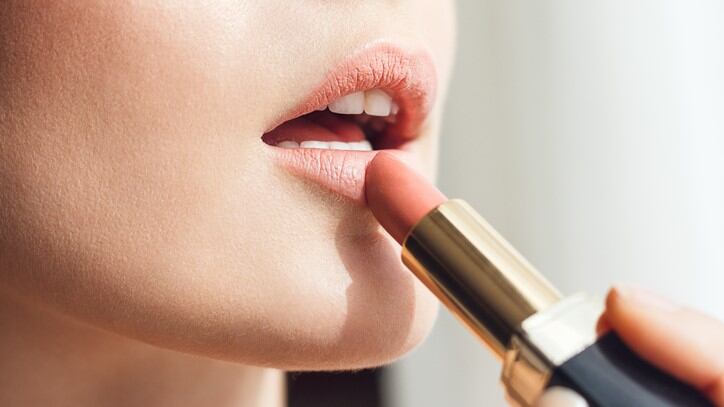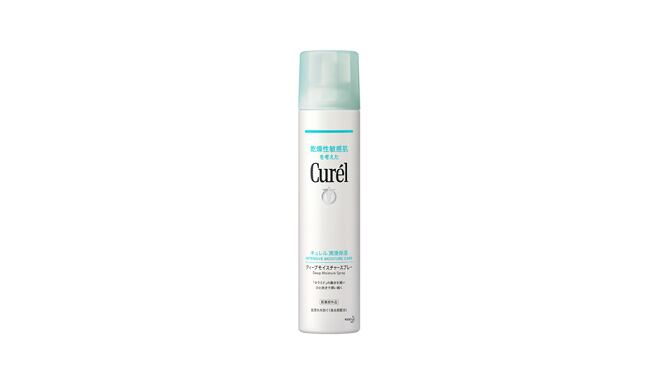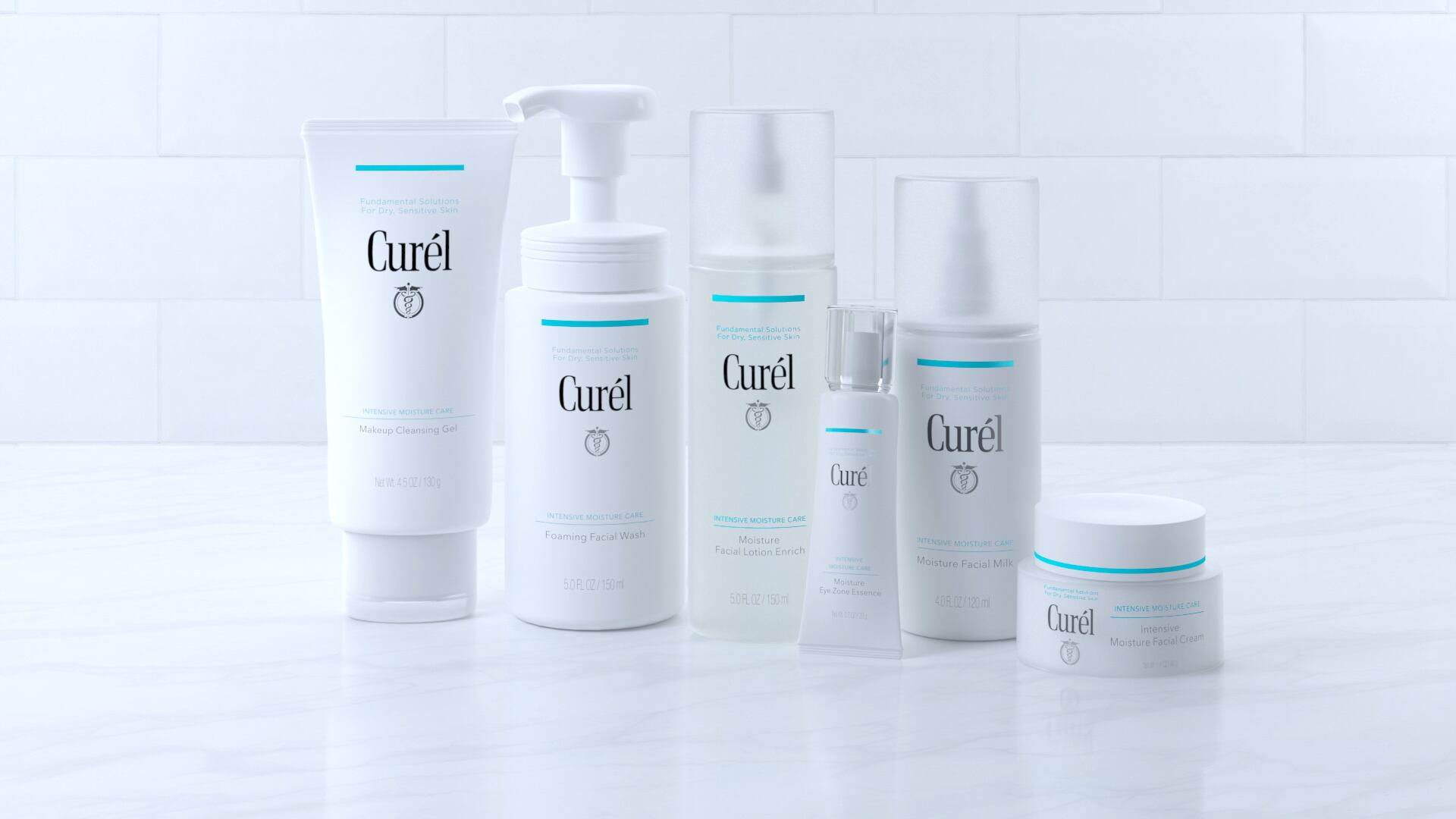The research, conducted by The Makeup Research Laboratories of Kao Corporation, aimed to quantify the ‘generally understood but scarcely demonstrated’ age-related changes of the lip area of Japanese women.
“In previous studies, Kao researchers confirmed that changes in the appearance of the lip area have effects on the impression of the face as a whole. However, few reports have elucidated morphological changes around the lips in a quantitative manner in Japanese women,” said the firm.
The Japanese maker of Bioré, Kanebo and Molton Brown highlighted that ageing resulted in various changes in the lip.
For instance, conditions such as dryness and chapping tend to peak around 30 years of age, while issues such as dullness, loss of fullness, and vaguely defined lip contours, increased along with ageing.
However, the goal of the latest research focused on studying the changes in overall lip shape among Japanese women, as well as collect quantitative data on these age-related changes.
The findings of the study were first published in the Journal of the Society of Cosmetic Chemists of Japan.
Lip service
The research included two studies. In the first, researchers collated facial photographs of 139 Japanese women ranging from 16 to 78 years of age were taken from the front as well as lateral view.
Scientists measured the lip, defined as the reddish portion of skin on the face, as well as the area between the nose and the upper lip.
After recording the measurements of the lips and surrounding skin area, the team noted that the thickness of the upper and lower lips decreased with age while the width of the lips broadened as well.
The results also revealed a positive relationship between the size of the area between the upper lip and the nose and age.
Additionally, analyses of lateral images showed that this nose-lip area develops a convex curve which becomes more pronounced with age as well.
Results obtained confirmed that as women age, their lips become thinner, while the area between the nose and the top lip become rounder.
A more detailed investigation by age group confirmed that these changes wore most likely to start at around 40 years of age.
The researchers attributed these effects to inner tissue changes and muscular drooping.
In a second study, 13 Japanese women aged 46 to 55 years were recruited as participants in 2015 and asked to produce photographs from 1992, 2002 and 2015.
Using these photographs, the scientists analysed the thickness and width of the lip, as well as the length of the area between the nose-lip area.
Comparing the photographs, the team determined that as the participants aged, the width of the lip and the nose-lip area both grew wider.
The observed changes in the participants confirmed that these developments were not attributed to individual differences.
Kao concluded that it planned to utilise these findings to develop new cosmetic products and make-up techniques.




